When you think about revolutionary moments in sports broadcasting, most people point to color television or the instant replay. Now comes a bigger swing. Apple’s Vision Pro is getting its first-ever live immersive sports content through a partnership with the Los Angeles Lakers, according to The Verge. Not just another streaming option or a slightly better camera angle. A bid for the biggest leap in how we watch since we ditched radio-only nights.
Here is why this lands with a thud. Apple already has an impressive slate of immersive moments, submarine adventures, Metallica concerts, even content from the 2024 NBA All-Star Weekend, The Verge reports. All pre-recorded. You can redo takes, nail the framing, tame chaos. Live sports? No do-overs, moving targets everywhere, a huge floor with action popping on both ends, the squeak of sneakers and a roar that rolls through your ears.
The foundation for this breakthrough comes from tech that already proves spatial computing works for basketball. The NBA’s 3D tabletop mode lets you watch up to five games at once, with a miniature real-time court, as detailed by EFTM. That diorama, cool as it is, taught Apple and the NBA what kind of processing muscle and infrastructure it takes to scale from mini to massive.
How the current tabletop mode paved the way for full immersion
Before the Lakers experiment, the NBA’s 3D tabletop mode showed how live gameplay translates to spatial form, turning player movement into an interactive, three-dimensional display from a bird’s-eye view, according to TUAW. It pulls motion capture data from NBA arenas, likely powered by Sony’s Hawk-Eye pose-tracking system that the NBA partnered with for next-generation tracking technology, as discussed in AppleInsider forums.
The precision stands out. Player locations, ball movement, refs, the shot clock ticking, all show up on a small court that updates in real time. You get a tactical overview television cannot match, a pocket-size model that syncs while you watch the standard broadcast feeds.
There is a catch, and it matters. The system runs about a half-second behind live video because of processing, Research Snipers reports. On a miniature court, that delay is fine. For a supposed courtside view that should feel immediate, even a small lag breaks the spell.
Right now the feature is available for select games nightly. The NBA plans to expand tabletop mode to all League Pass games next season, which requires subscribers to pay at least 15 dollars monthly for access, according to TUAW. The NBA app can stream five games at once alongside the tabletop view, EFTM reports, and the feature is in Alpha, an early public release helping Apple learn what to fix and what to scale for full immersion.
What makes Apple’s immersive Lakers experience a quantum leap
The upcoming Lakers games in Apple Immersive Video format aim for something very different from a mini court. Instead of peering down from above, Apple says you will experience the intensity as if you were courtside, with perspectives impossible to capture in traditional broadcasts, according to The Verge. Think purple and gold at your feet, angles you have only imagined.
That jump is not just a bigger model. It means solving the real-time processing snags the tabletop view exposed. The promise is full-scale, courtside perspectives and angles no physical seat could offer. Technically, it requires capturing and delivering spatial video of fast-moving athletes across a huge floor with minimal delay, while keeping visual quality high enough that your brain forgets you are not actually in the arena.
The first immersive Lakers game launches early next year through both the NBA app and the new Spectrum SportsNet app, and you will need visionOS 26 to watch, The Verge notes. Apple plans to reveal the complete game schedule later this fall, a sign the company is still tuning the production pipeline for live immersive broadcasts.
This all builds on the tabletop mode’s motion capture backbone while tackling latency head on. Tabletop proved the real-time spatial data flow. Full immersion demands advances across capture, processing, and delivery, from cameras to edge infrastructure.
What this means for the future of sports entertainment
The Lakers’ immersive games feel like a starting gun. The NBA’s work in spatial computing is creating a blueprint other sports could adopt, AppleInsider suggests.
Hockey seems tailor-made, imagine a 3D rink with live positioning, shot paths, and puck heatmaps, according to AppleInsider. Anyone who has chased a puck on TV knows how hard that can be. Spatial views could reveal the geometry of the game, the passing lanes, the gaps, in a way that welcomes new fans.
Baseball could bring pitch trajectories, defensive shifts, and exit velocities to life, AppleInsider notes. Instead of charts scrolling by, you would see how a curveball bends through space or why that infield alignment mattered for a single out.
Now picture major events like the Olympics. Gymnastics could use slow-motion 3D replays to show the micro-adjustments that make or break a landing, as noted by AppleInsider. Swimming could show underwater technique the way poolside cameras never have. Not incremental upgrades, brand-new ways of watching.
What experts call a perfect storm for sports innovation is the mix of Apple Vision Pro, mixed reality, and analytics, according to Lemeister. The same tech could reshape coaching, training, and fan engagement. The catch is the same as always, the pipeline and processing must scale, which the NBA’s tabletop experiments are already mapping out.
The bigger picture for Apple’s ecosystem strategy
This Lakers deal shows Apple’s steady play to make Vision Pro feel like essential entertainment infrastructure, not an early-adopter toy. The headset already shows promise in medical settings, as mentioned in AppleInsider forums, which proves its computational chops stretch beyond concerts and courts.
Apple’s strategy leans on an infinite canvas for apps that stretches past normal screens, using eyes, hands, and voice as inputs, according to Lemeister. That is a shift from flat panels to spatial environments that adapt to your room and your attention. The NBA’s TableTop feature is a clear example. You can watch five games next to a 3D court without feeling swamped, EFTM reports, something that would be chaos on a single TV screen.
Those medical use cases give context for sports. If Vision Pro can juggle surgical visualization and real-time medical data, it can handle the demands of live sports. So the pitch is simple. This is not just premium entertainment hardware, it is a platform with real utility in professional settings.
By partnering with major leagues and building exclusive experiences, Apple is giving regular people a reason to care. The Lakers partnership is exactly the kind of premium, differentiated content that can turn Vision Pro from curiosity into habit.
What to expect when the games go live
When the first immersive Lakers game tips early next year, it will be a gut check for Apple and a marker for the industry. The full schedule arrives this fall, The Verge confirms, so fans will have time to plan.
The key difference from tabletop is scale and immediacy. Instead of a miniature model a half-second behind, you should get full-size, courtside-quality perspectives that feel present. That required Apple to cut processing delay while ramping up spatial capture and rendering for a convincing live view.
If this works, other teams and leagues will move fast. If Apple delivers on courtside intensity and impossible angles, spatial viewing could spread through sports the way HD did. Nobody will want to be the last league still flat.
For Vision Pro owners, this is the kind of exclusive, premium content that makes the price tag feel like a ticket, not a gadget. The base is there, the NBA tabletop mode proves the tracking pipeline functions, and Apple’s current immersive library shows the company can produce high-quality spatial video.
Bottom line, early next year we find out whether Apple’s vision for sports really lands. The tech foundation exists, the partnerships are in place, and the tabletop era revealed the bottlenecks. Now it is all about execution.




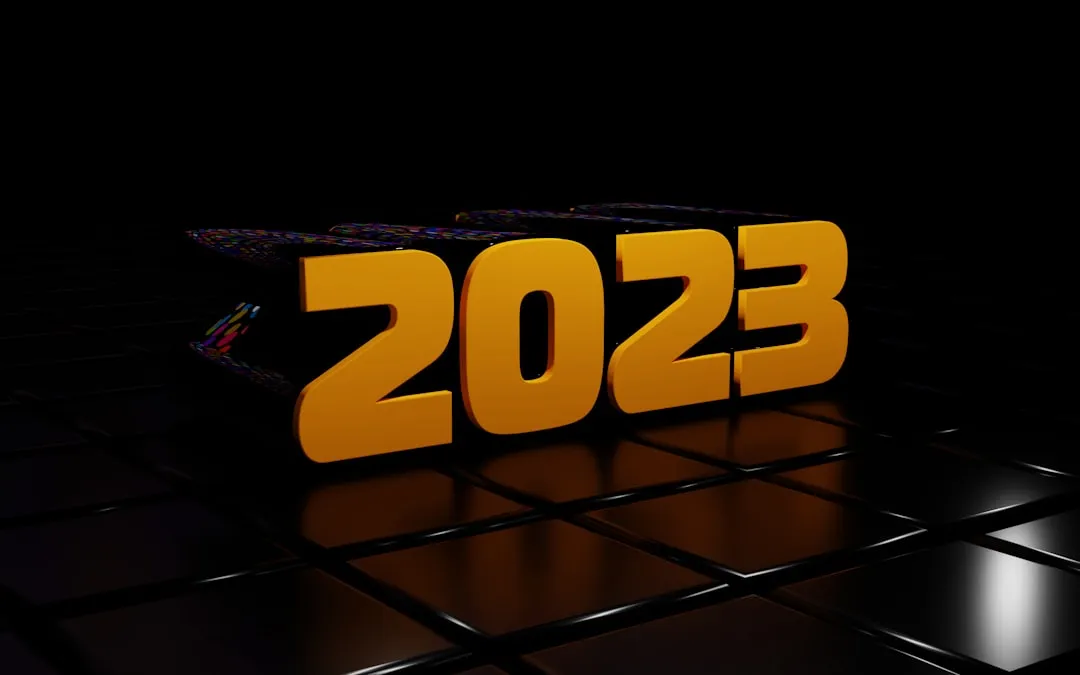
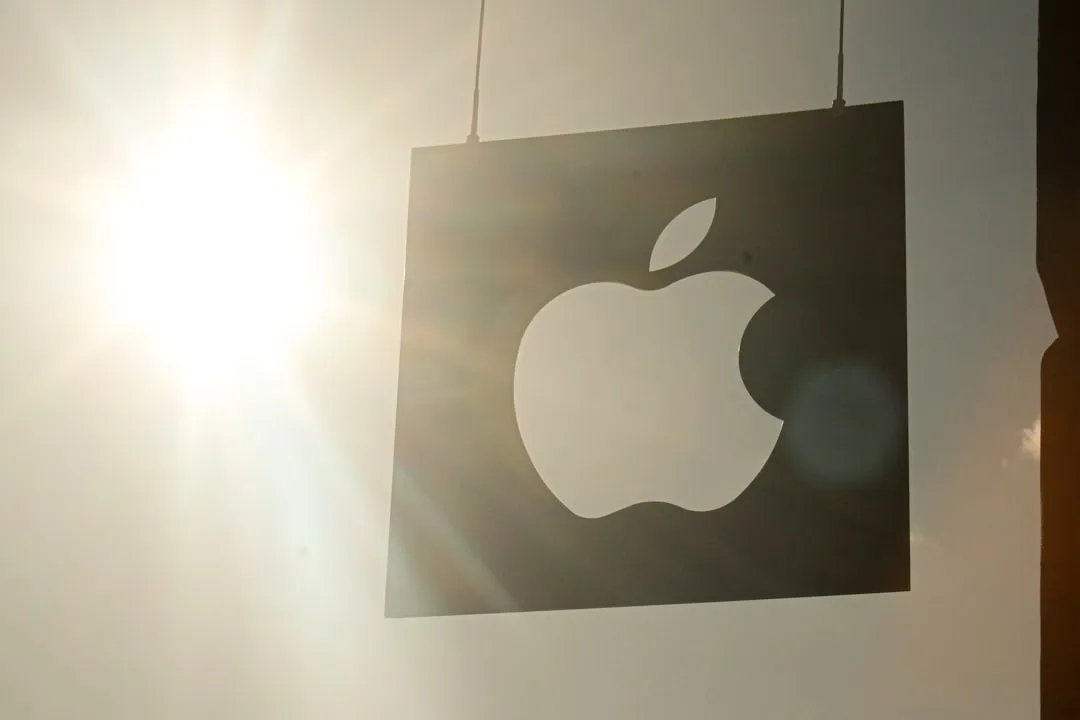
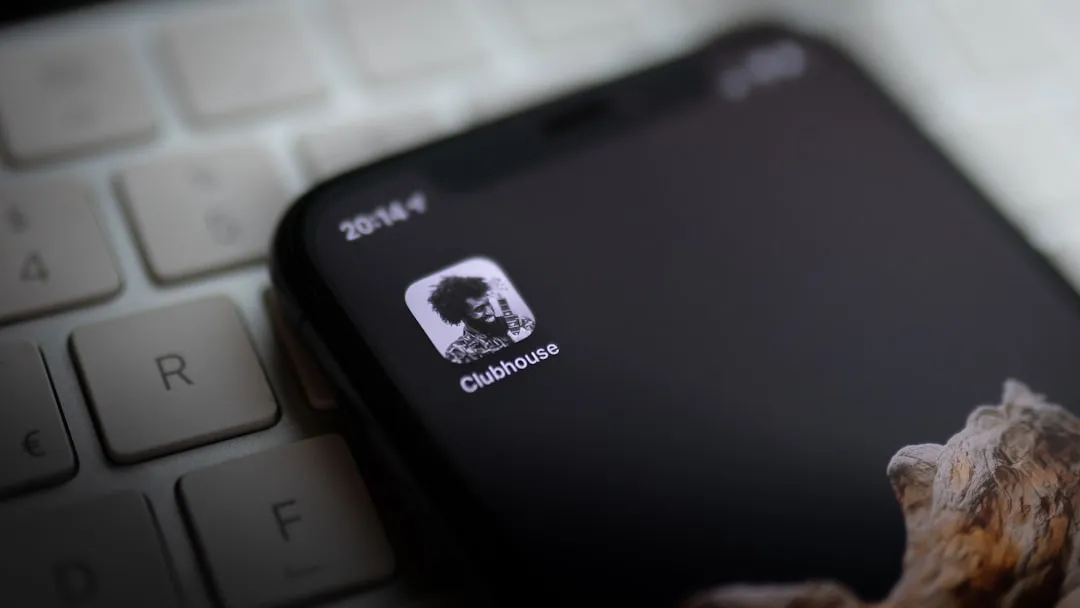
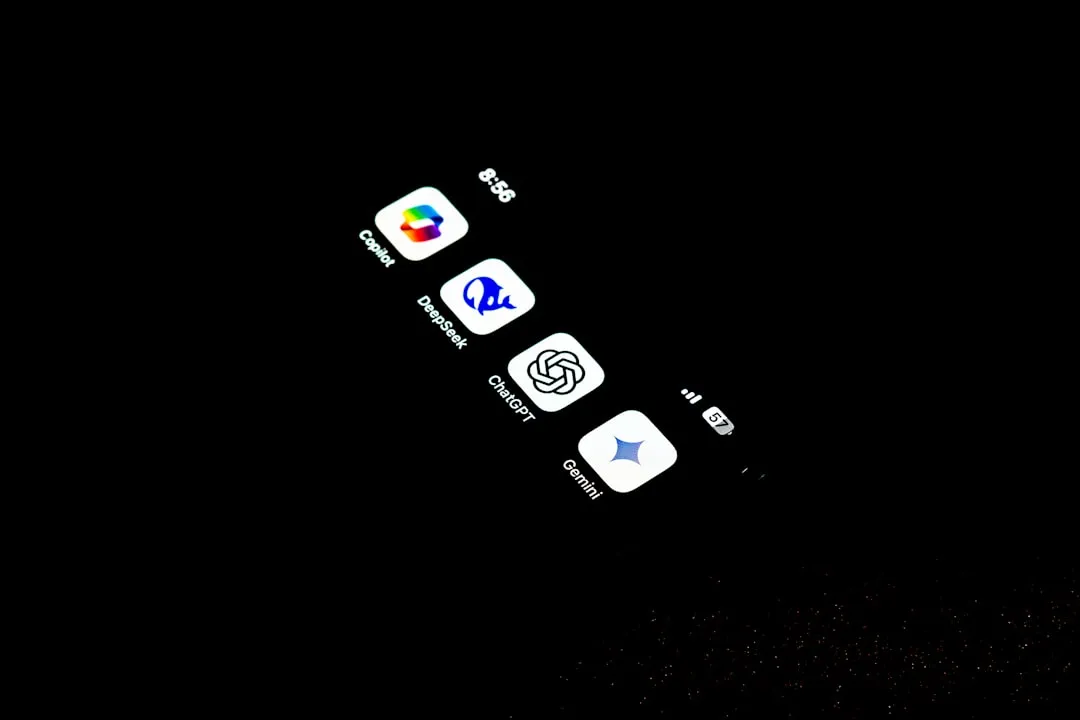
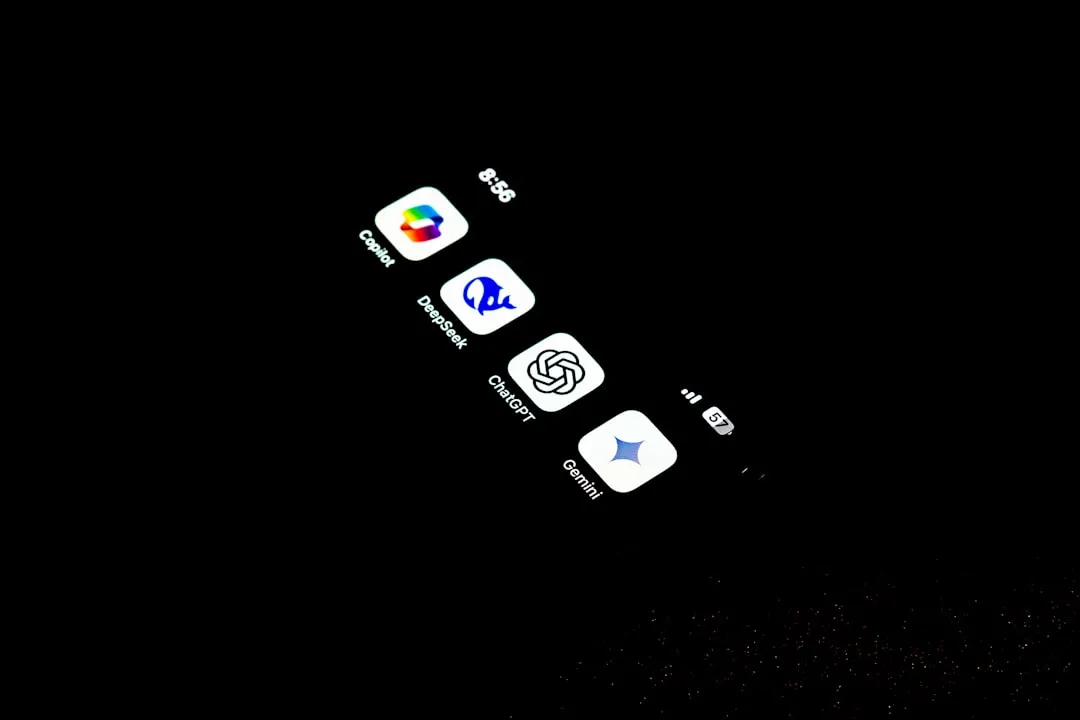
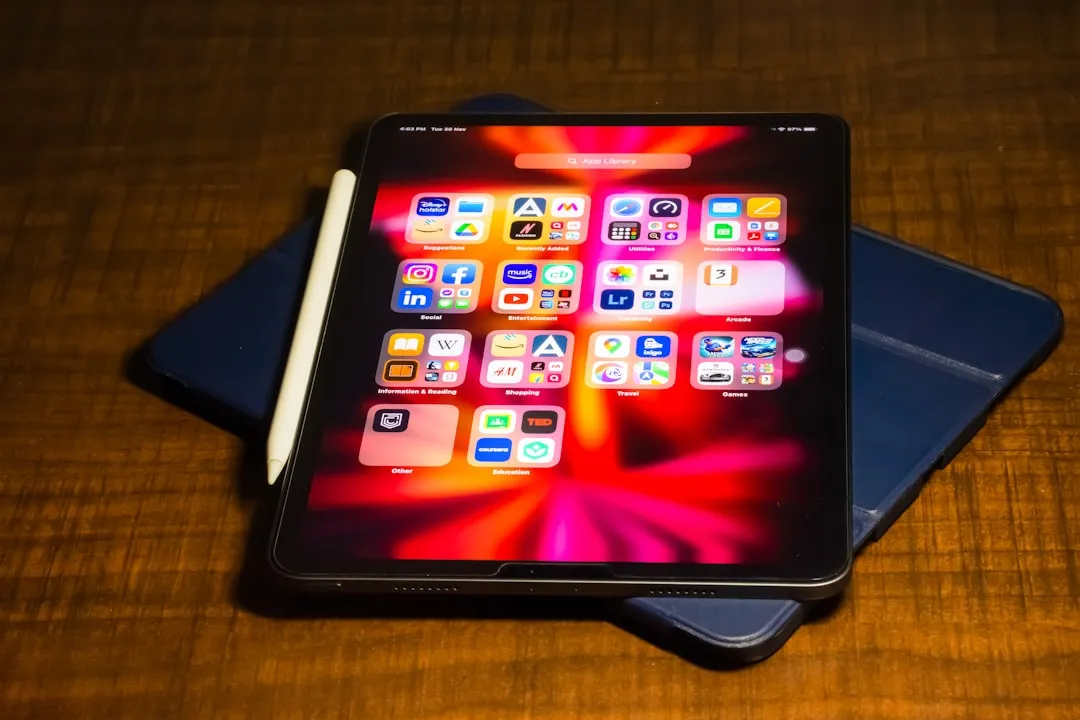
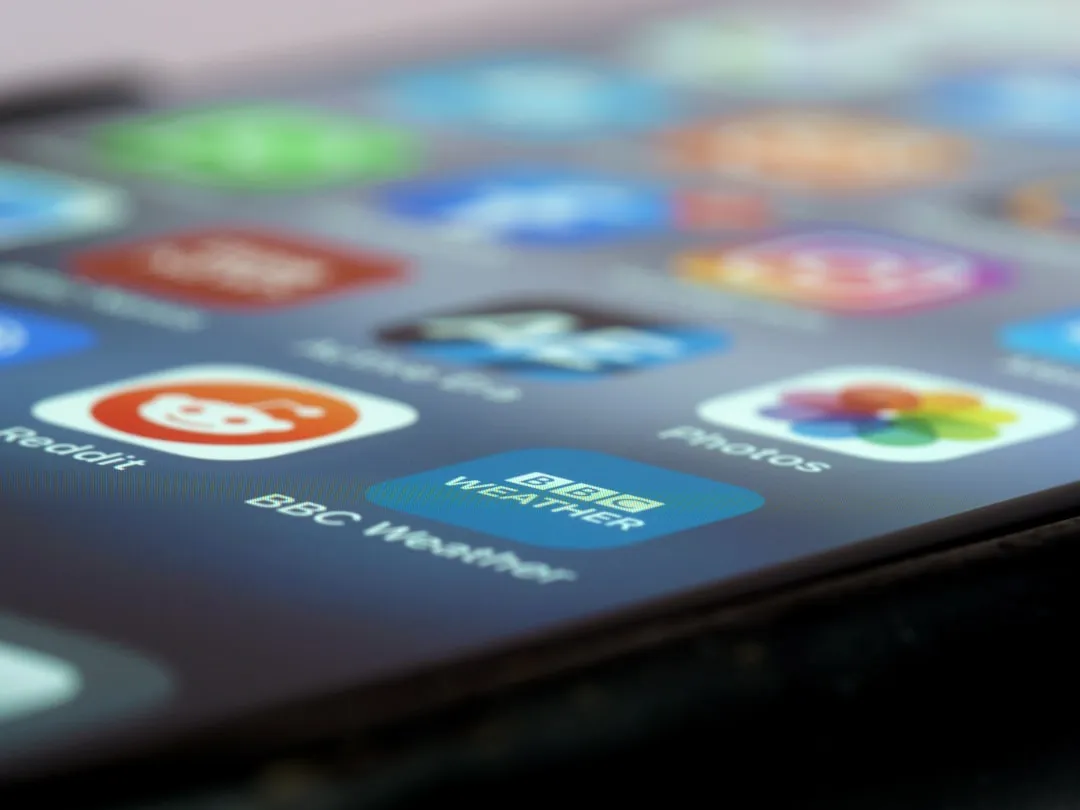
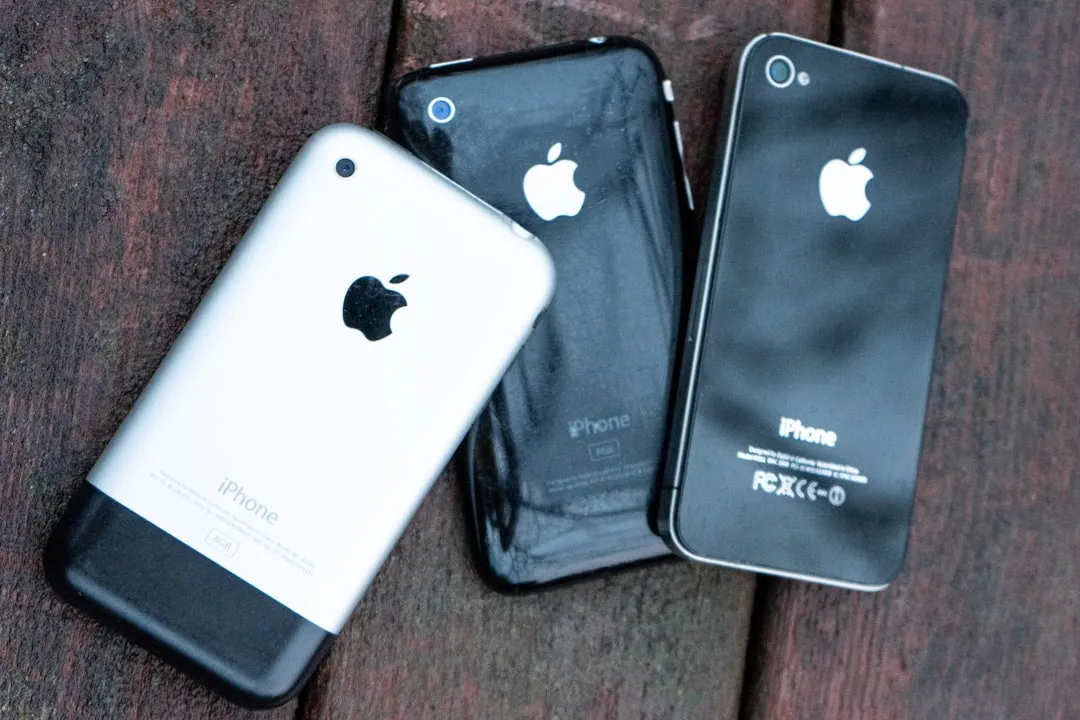

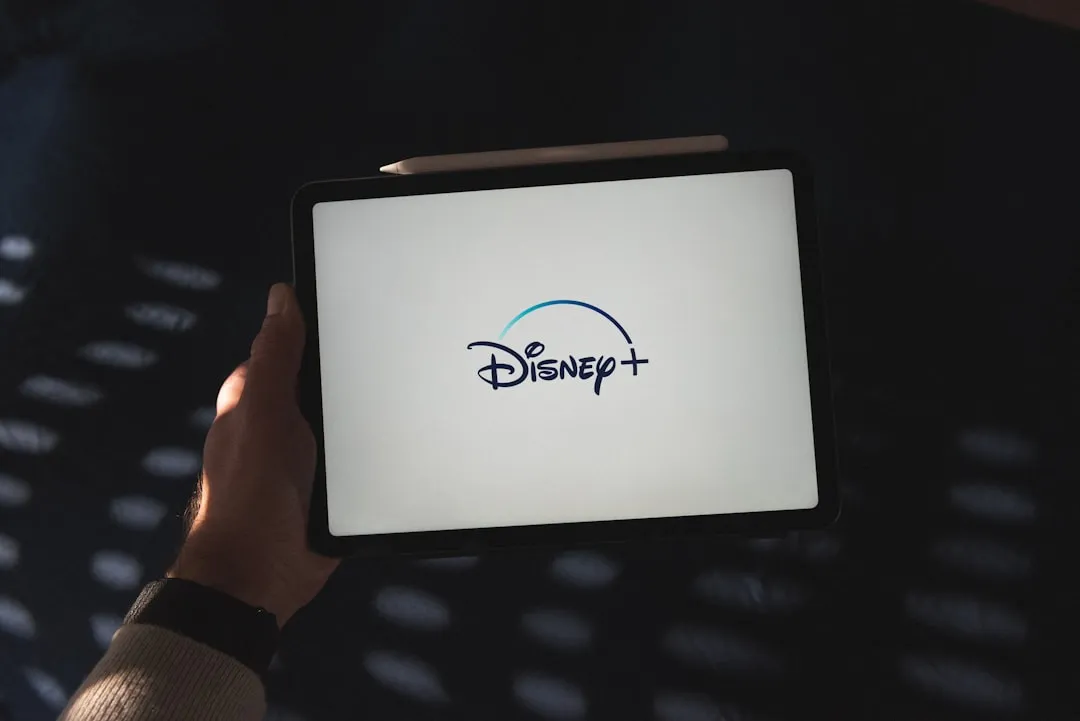
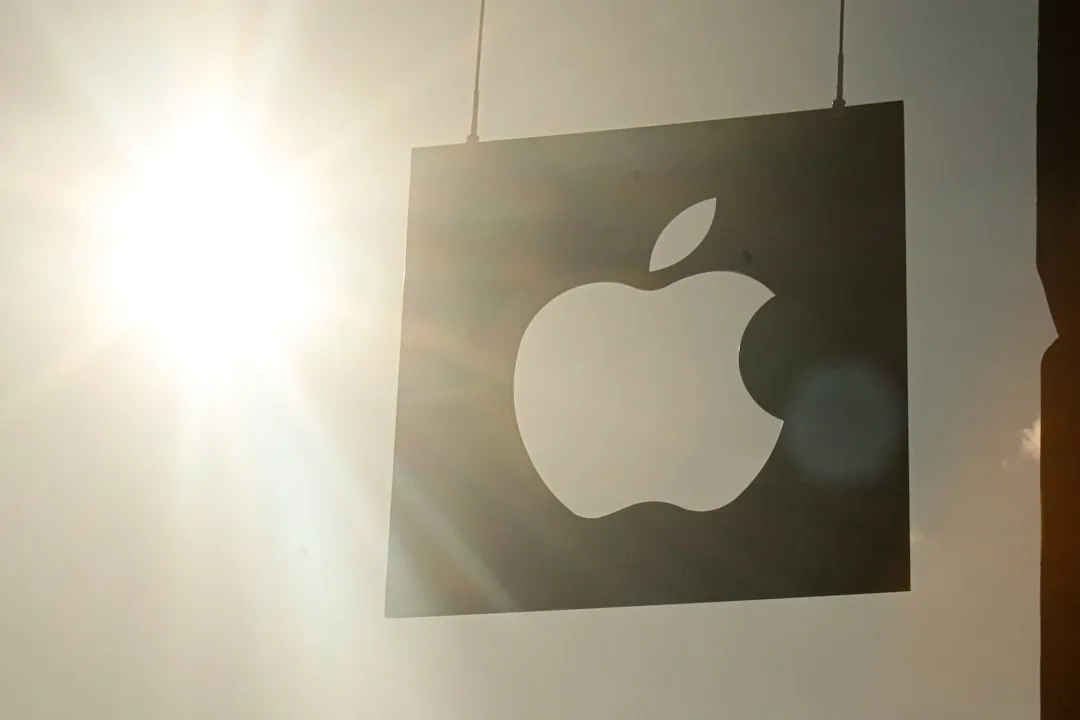
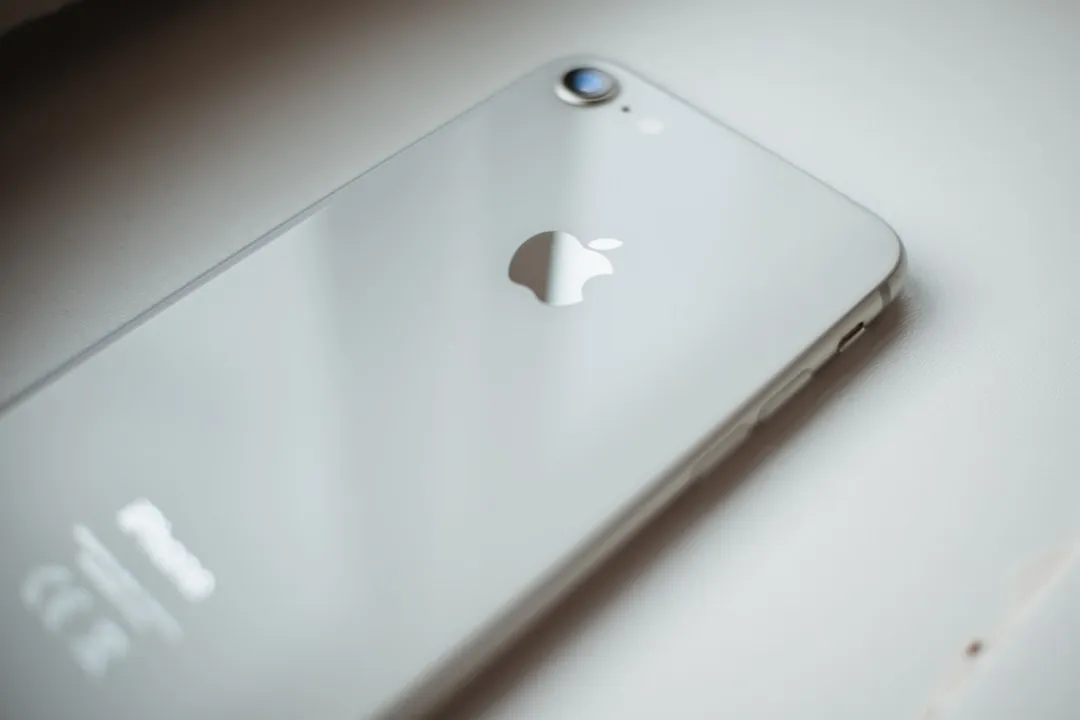
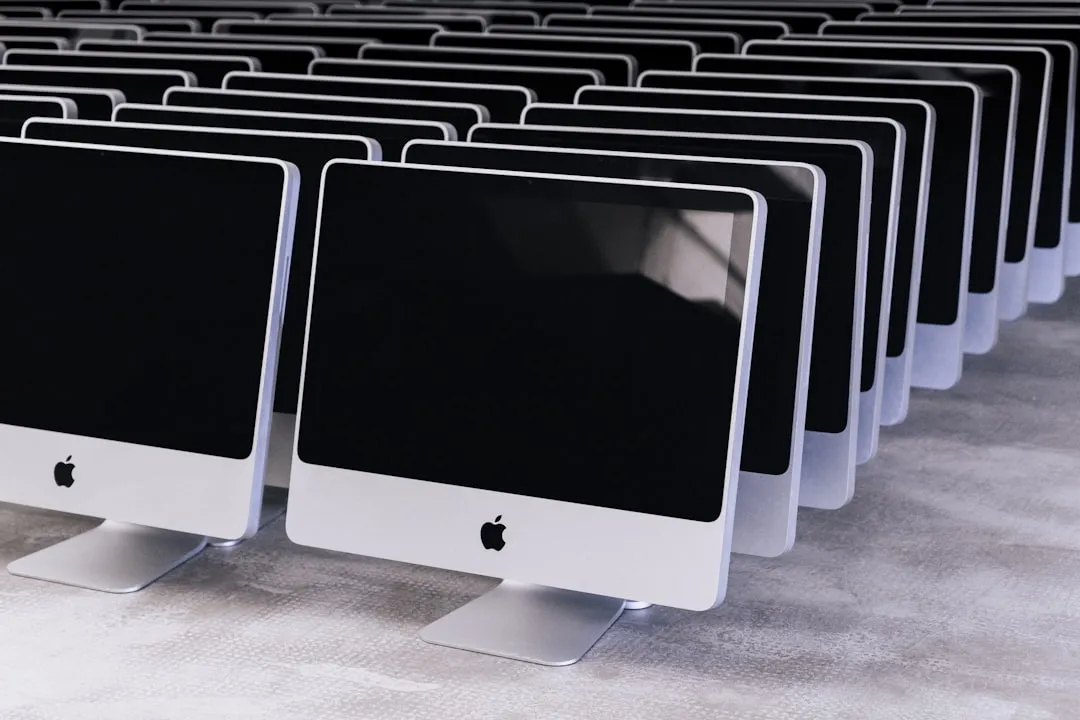
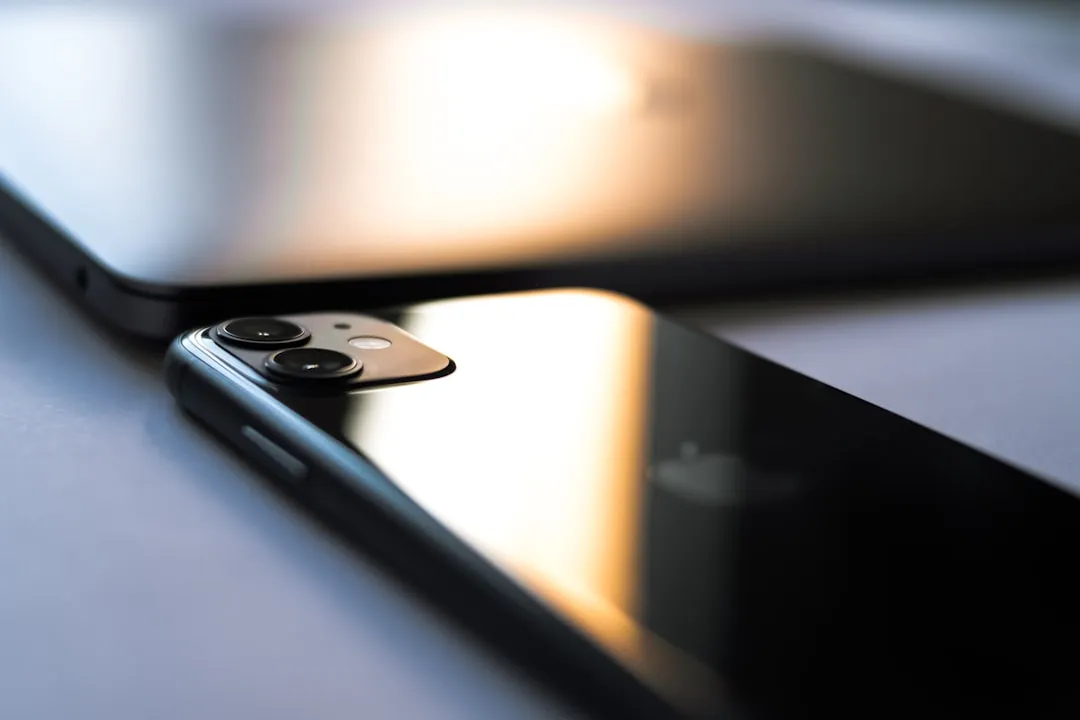
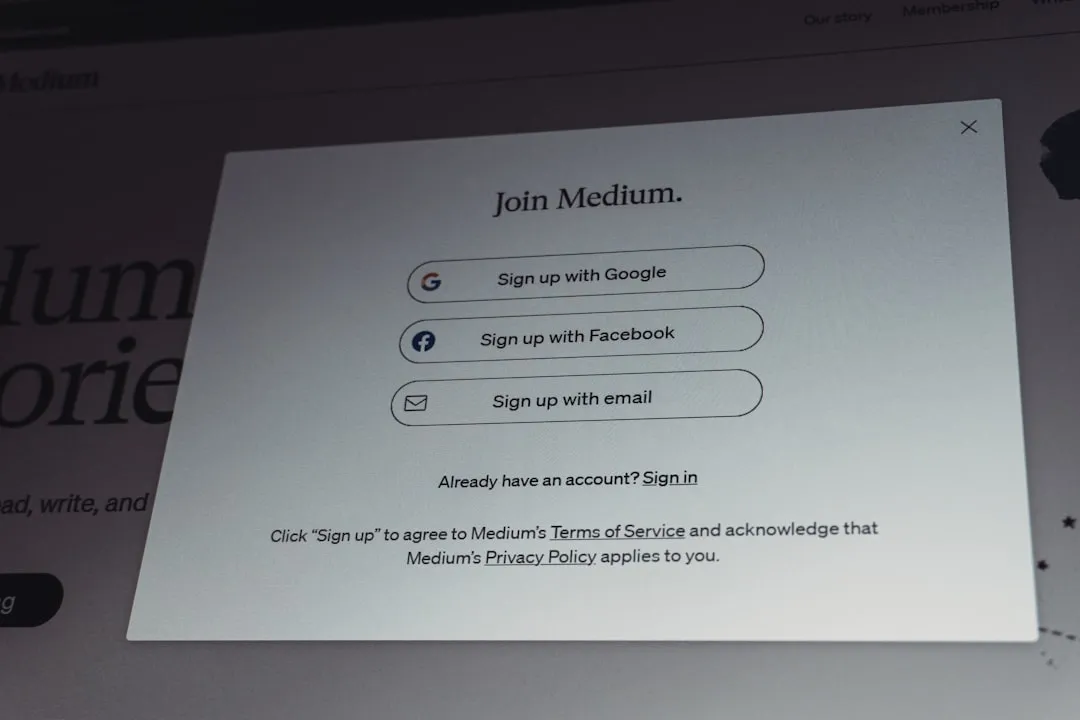
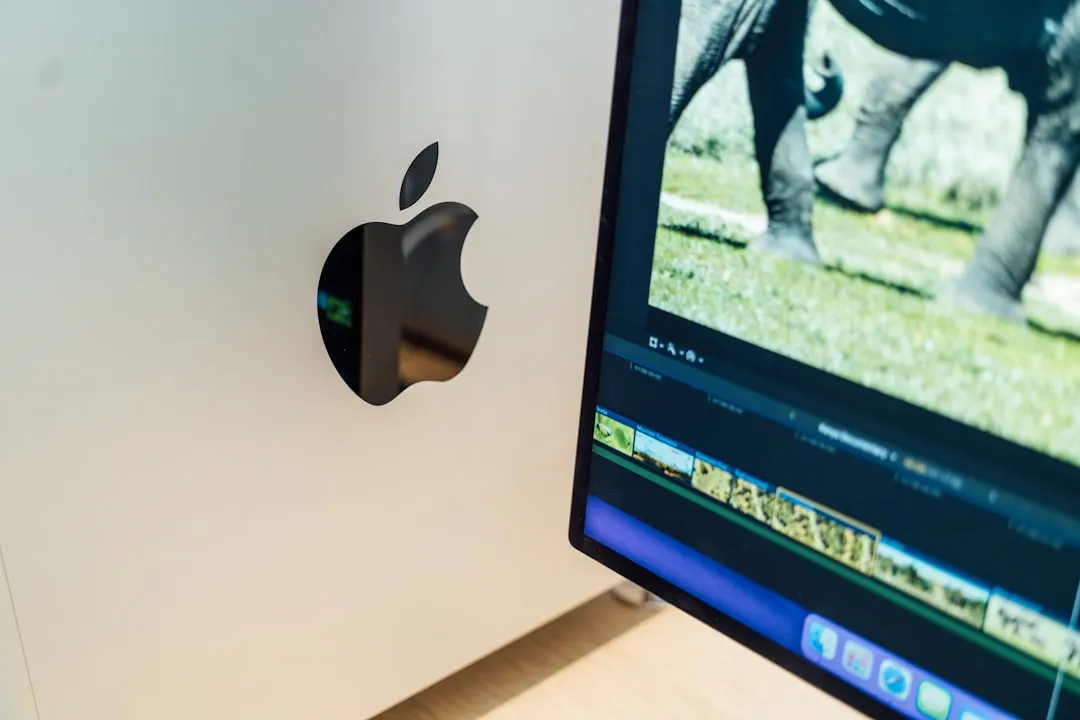
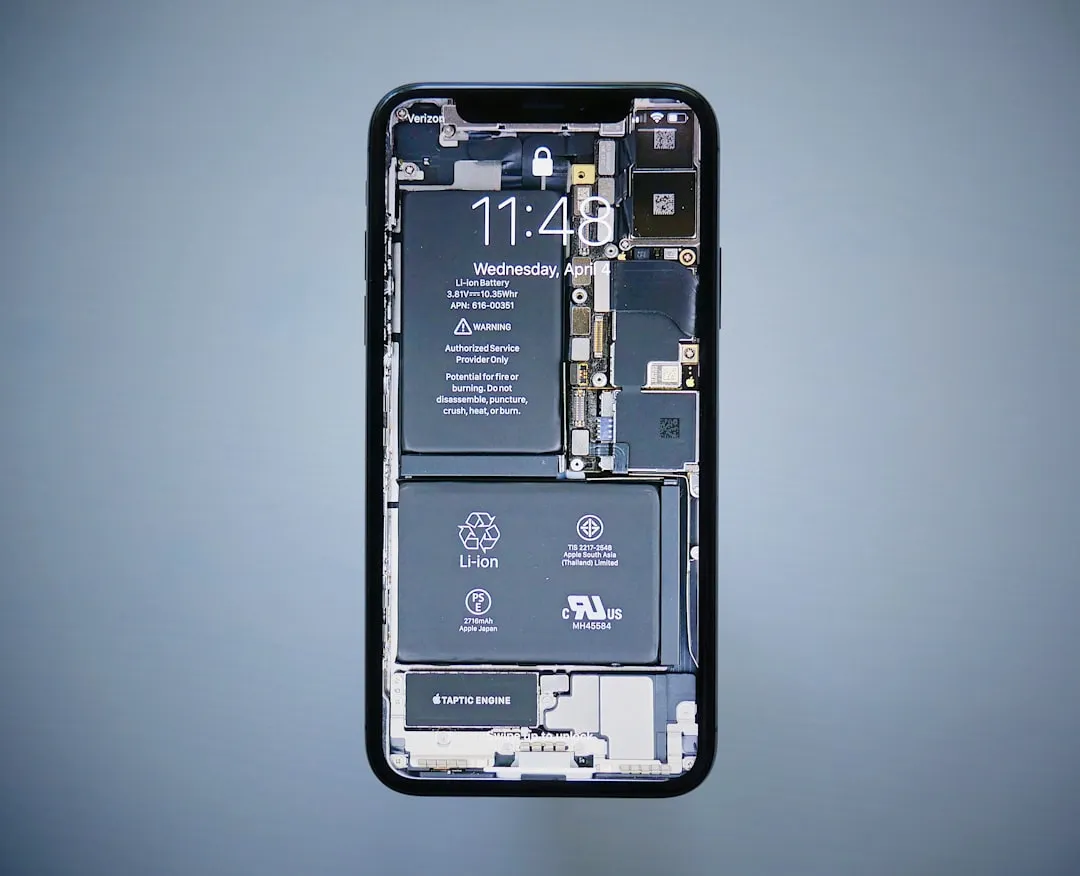

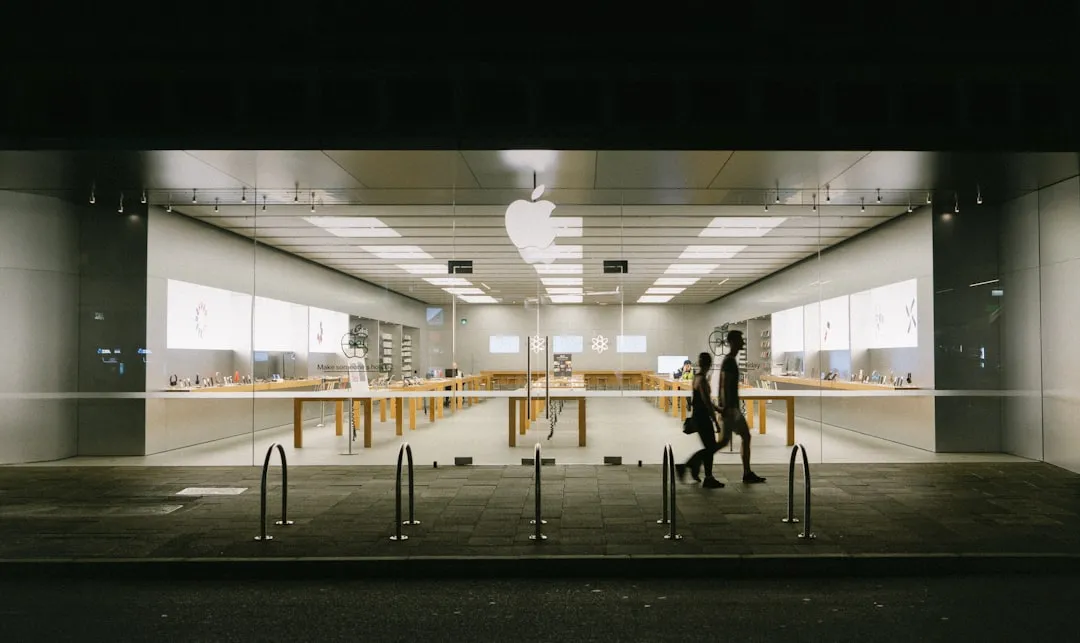
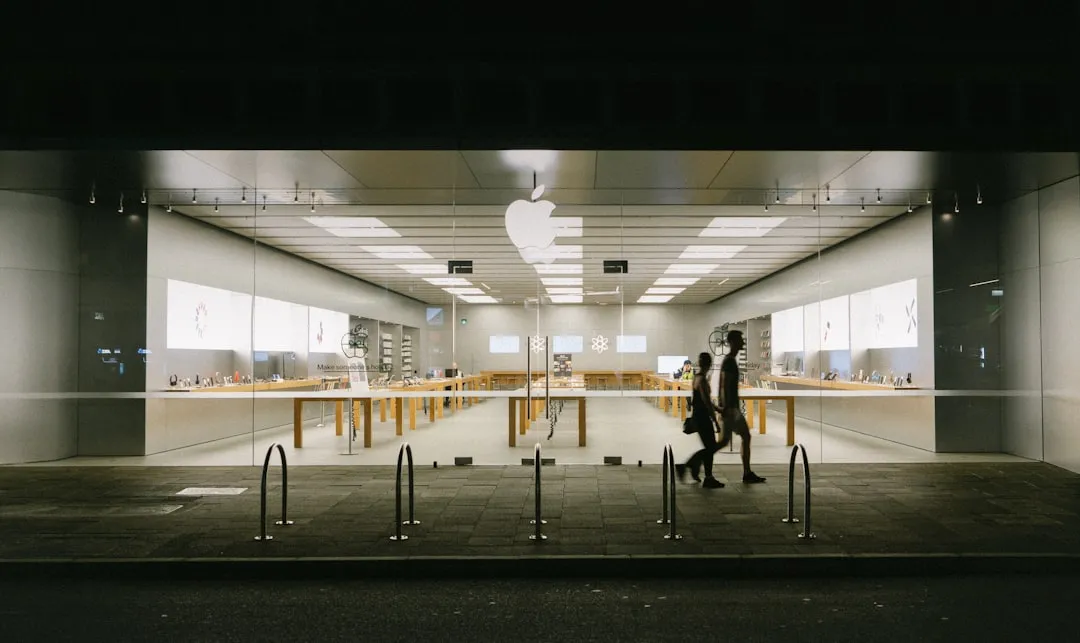

Comments
Be the first, drop a comment!